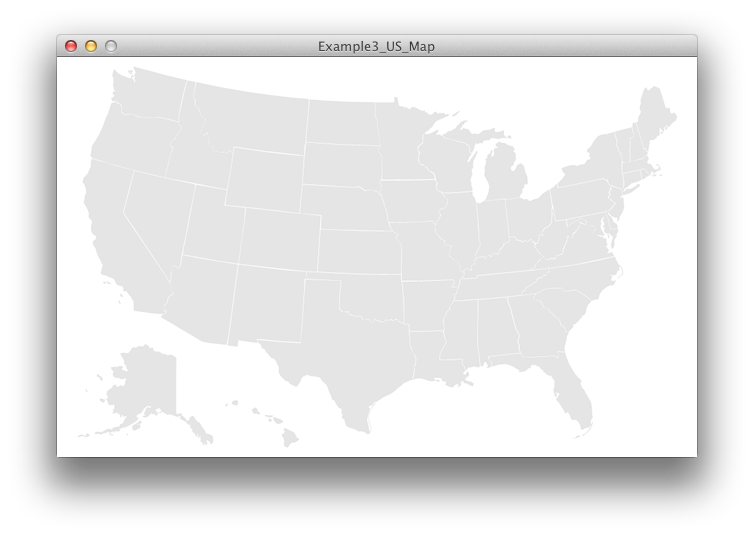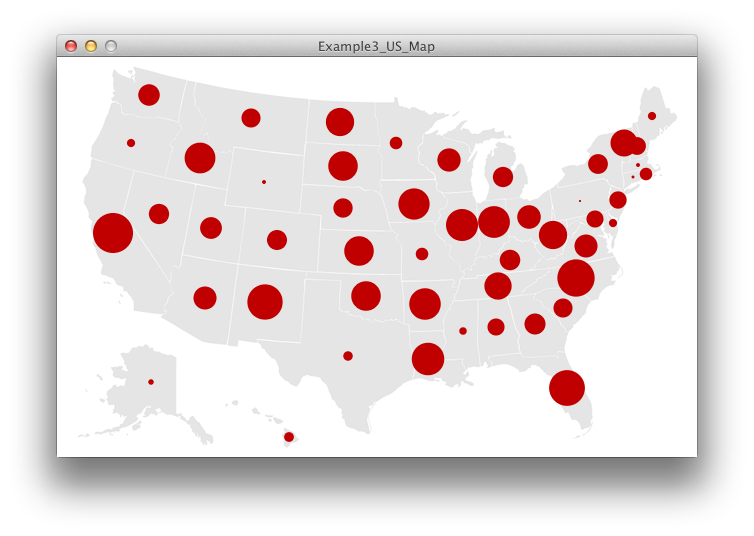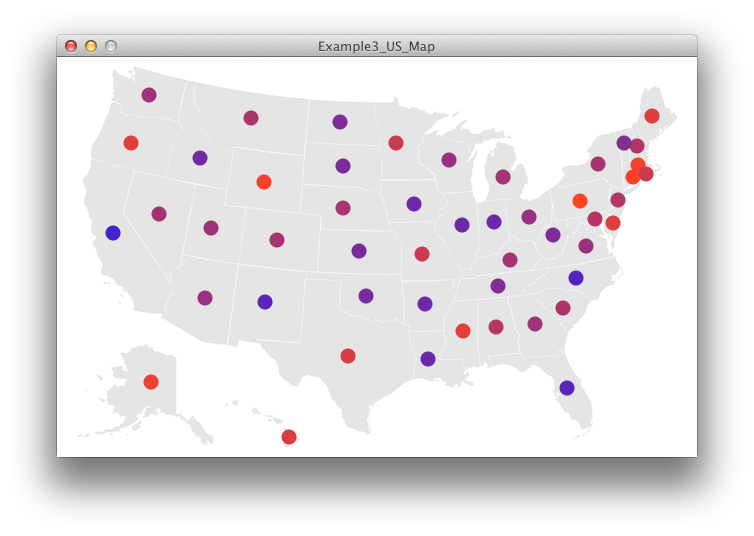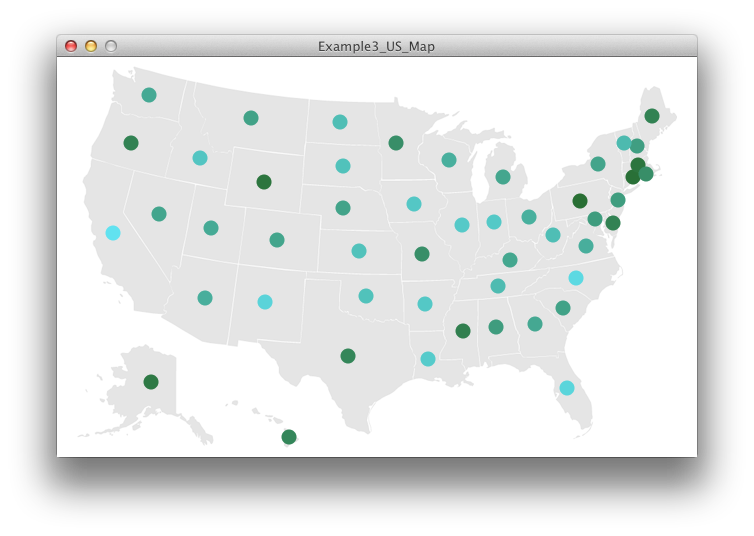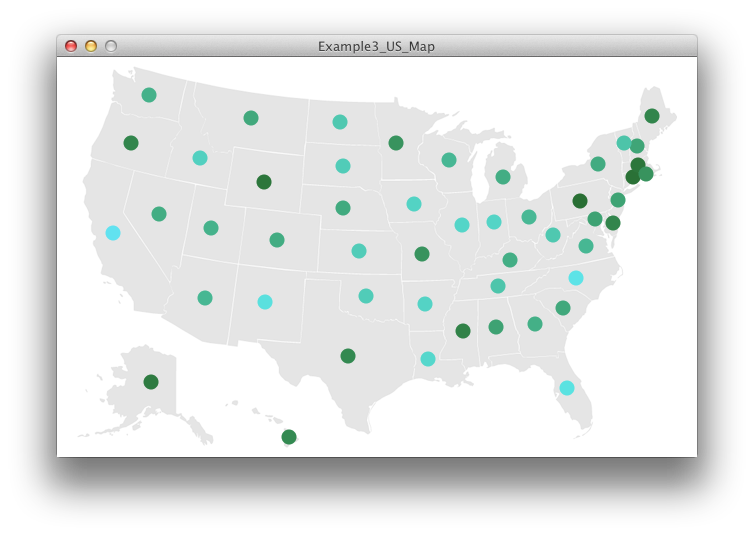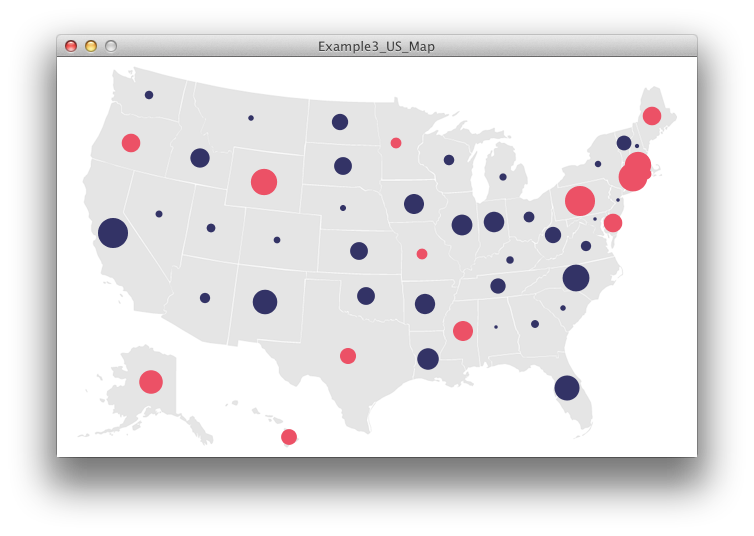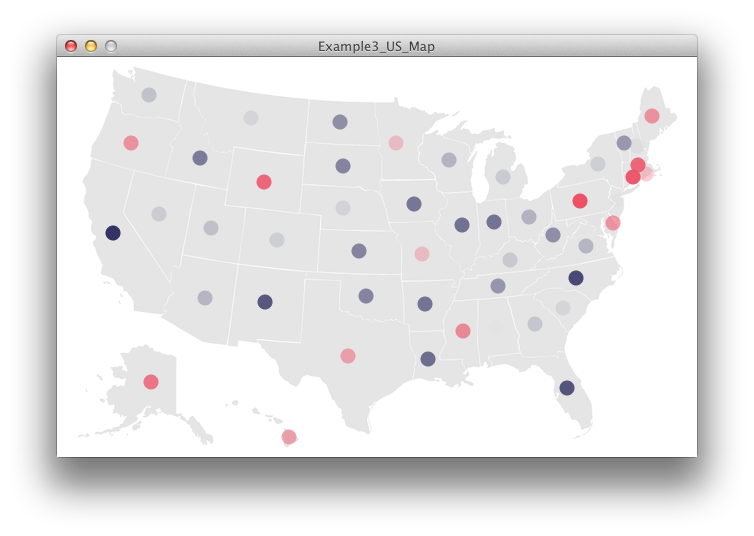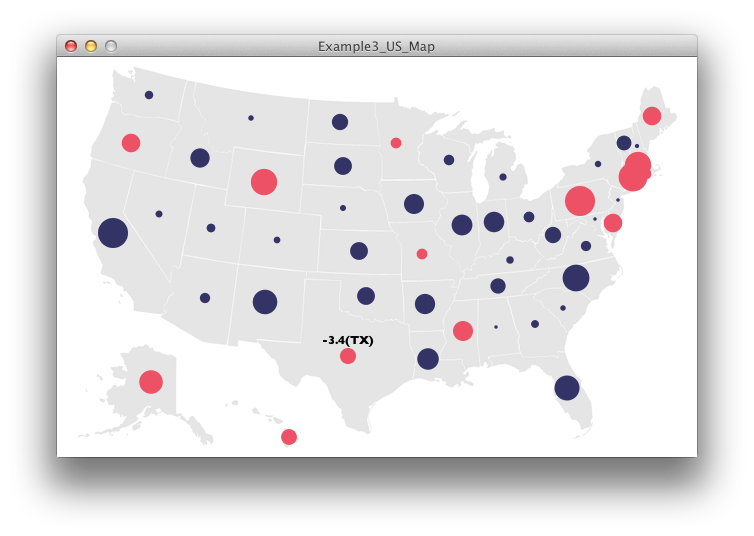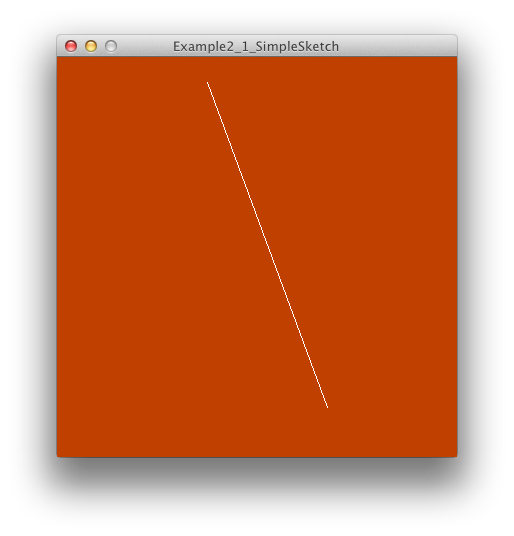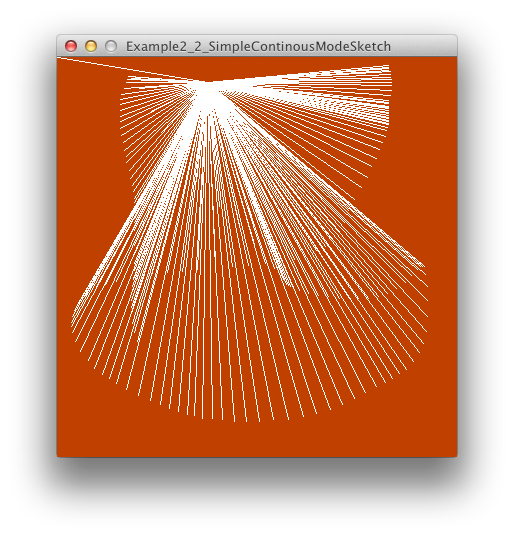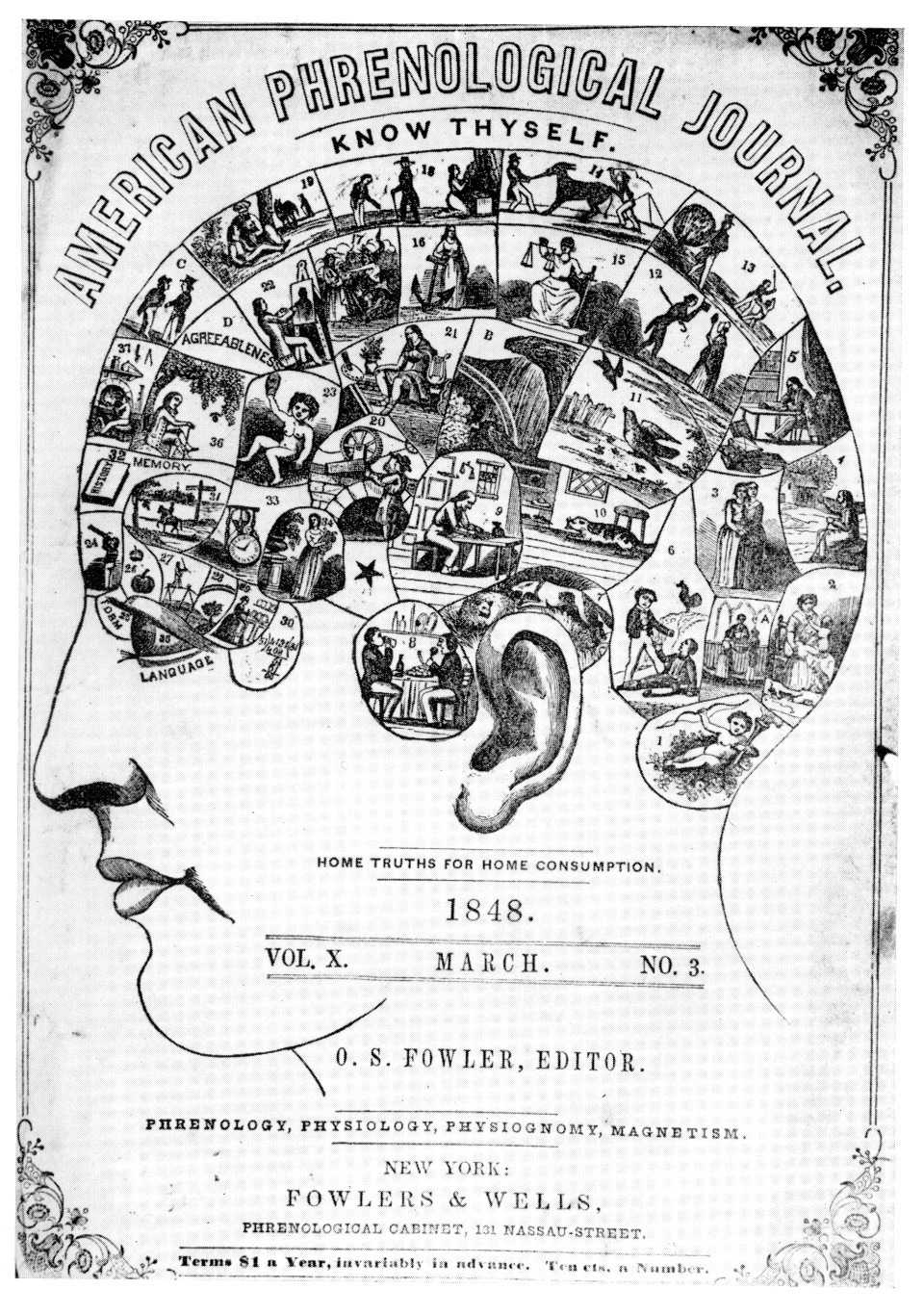[Above: Stills from two critical video games by Molleindustria: "Oiligarchy" and "The McDonald's game."]
Woo hoo! The Sundance Film Festival is getting frisky! They've included non-film art — new media video work and video game art, to be particular — in this year's festival and, Holy Moses, there's some amazing things going on. The exhibit, entitled New Frontier, is on display at the Utah Museum of Contemporary Art through May 19.
Excellent large scale data visualizations about wildlife encroachment, a participatory Kinect piece about a disaster at a Los Angeles food bank, a 3-D celebration (sort of) of aggression in Hollywood, people raging at their computers, and video games that you always lose no matter what. It's all from what you might call "the art of discomfort" but it's amazing.
I'm so glad to see this in Salt Lake City!



